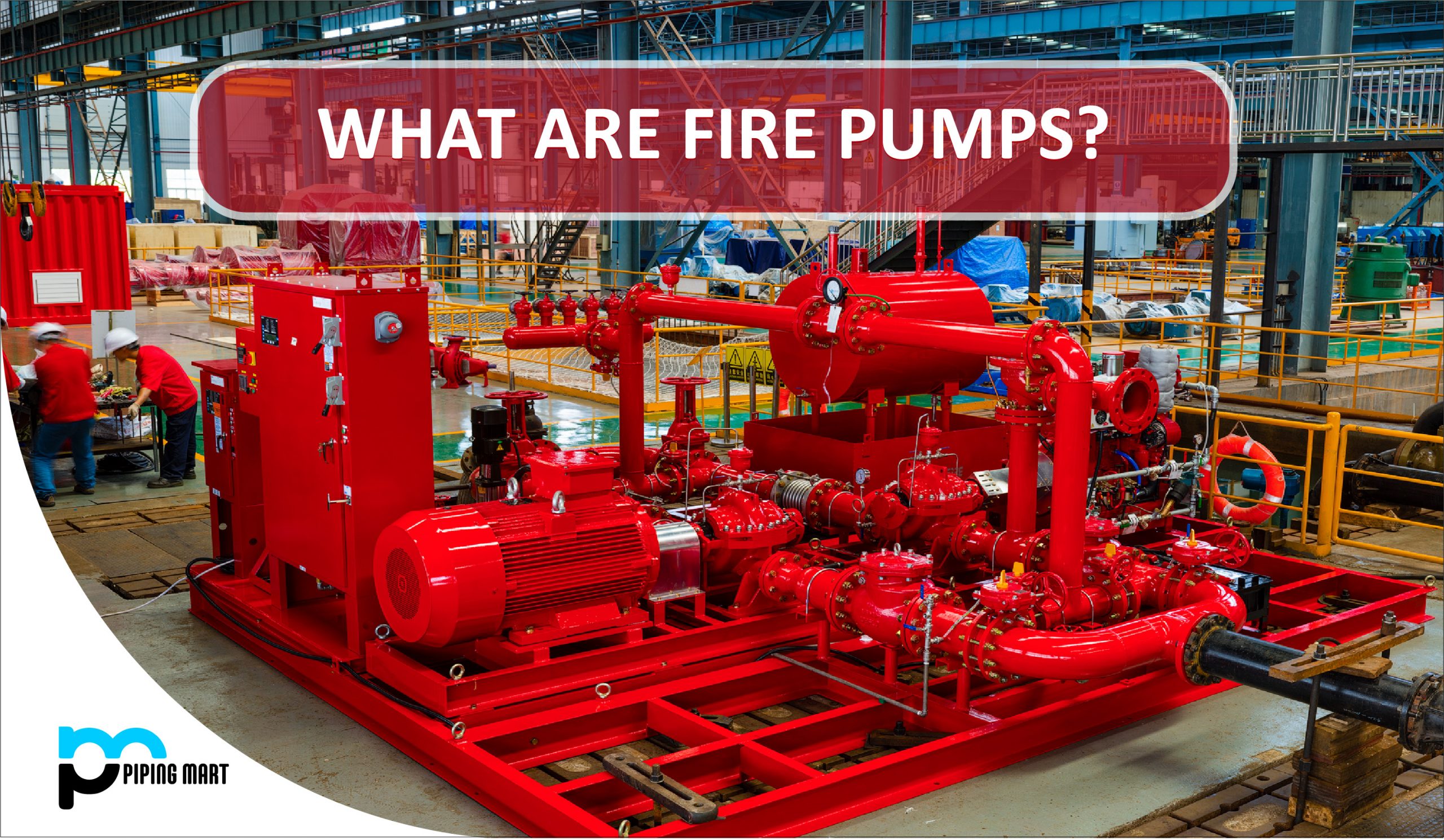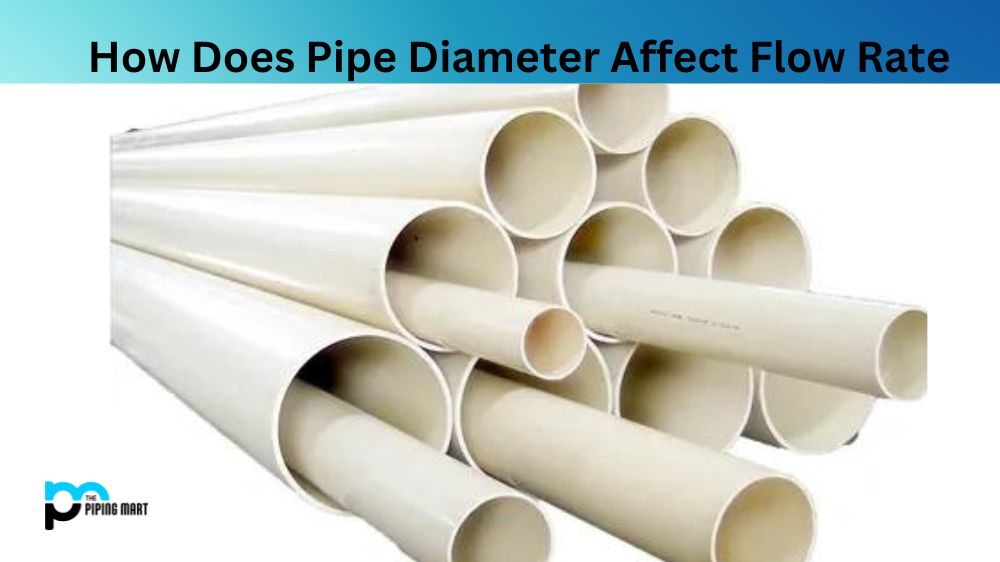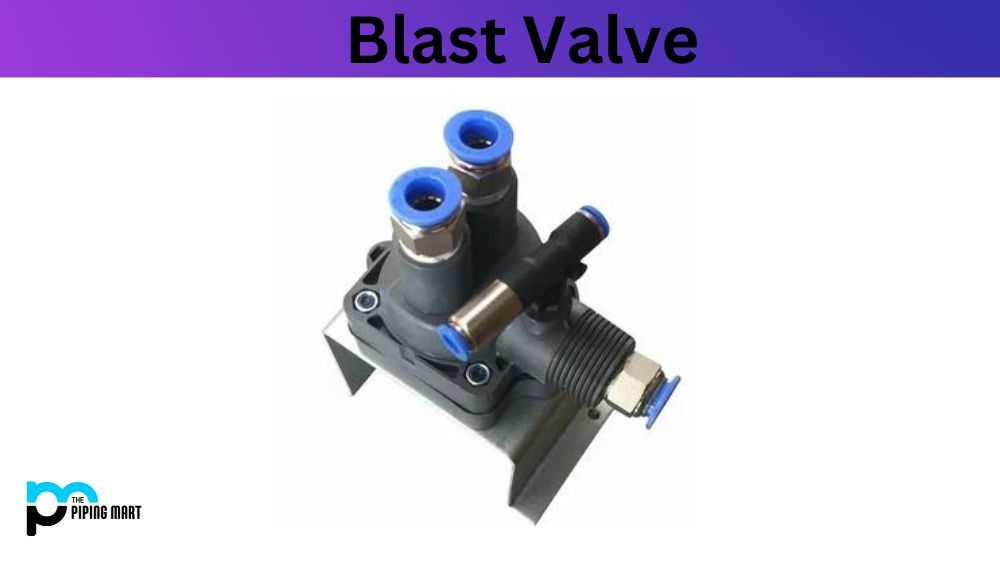Particularly in high-rise buildings, fire pumps are crucial parts of the fire defense system. Fire pumps are essential for distributing water through sprinkler systems in buildings with levels between 400 and 500 feet and above, where water pressure from water mains and fire fighting equipment cannot reach.
When fire pumps are needed?
When the water supply is insufficiently pressured to meet the hydraulic design requirements of the fire prevention system, fire pumps are required. This typically happens when a system needs a relatively high terminal pressure at the fire sprinkler in order to flow a significant volume of water, such as in storage warehouses, or when a system is installed in a very tall building, like in high-rise buildings. If the water supply is coming from a below-ground storage tank, fire pumps are also required.
Working of fire pump
The suction tube and pump body are filled with fluids before the pump is turned on. The liquid between the blades begins to rotate when the impeller turns rapidly. The kinetic energy of the liquid increases as it is flung from the impeller’s center to its outer edge by the centrifugal force (the flow rate can be adjusted to 15–25 m/s).
The temperature of the pump and motor bearings on fire pumps should always be checked. The temperature cannot get higher than 75 degrees. Verify that the motor’s operational current is within a normal range. Every month on the 5th,10th, 15th,20th,25th and 30th check the smooth oil level in the vacuum suction installation. Start the fire pump, then inspect the pump, with the fuelling position being at or just below the oil window’s center line.
Sizing of fire pump
Pump sizes are defined by their GPM (gallons per minute) flow capability (gpm). Midship Split Driveline pumps with the following size ratings are frequently offered: 500, 750, 1000, 1250, 1500, 1750, 2000, 2250, 2500, 2750, 3000, 3500, 4000, 5000, & 6000 gpm.
Types of fire pump
- Horizontal split case
The type of fire pump used most frequently in commercial structures is the horizontal split case fire pump. Fire protection specialists recommend this solution because it’s simple to use and maintain. It will require a water source outside the house, but this is not a major issue. Additionally, it is a good pick because it is a fire pump that is quite strong and dependable.
- Vertical split case
The horizontal and vertical split case fire pumps are comparable. The distinction is that they occupy significantly less floor area because they are vertical. This can be an important distinction, particularly for small firms that may not have enough room for all of the required fire protection devices. This fire pump’s ability to protect the engine from floods is one of its main advantages.
- Vertical in-line
Compared to split fire case pumps, the vertical in-line fire pump is more portable and compact. This enables even greater space savings, which is great for small businesses and structures. The biggest problem with these pumps is that when it’s time for maintenance or service, you have to disassemble and remove the complete system.
- Vertical turbine
Water from nearby wells or storage tanks may be used by the vertical turbine fire pump. When needed, water is dispensed from the top after being raised there. Thus, When there isn’t enough water available to put out a fire or the water pressure is insufficient, commercial buildings typically install fire pumps.

Pipingmart is B2B portal specializes in industrial, metal and piping products. Also, share latest information and news related to products, materials and different types grades to help business dealing in this industry.




